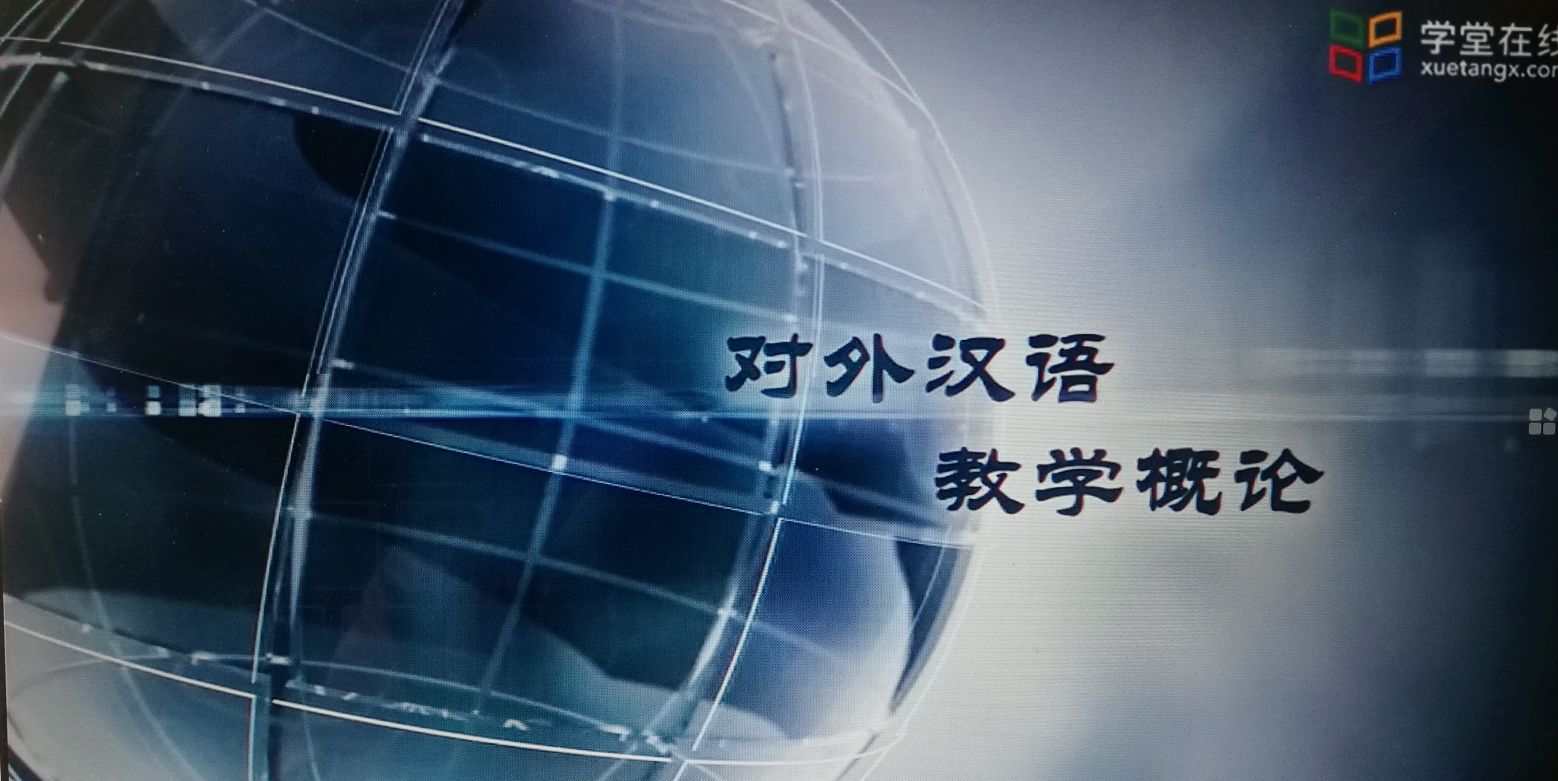
当前课程知识点:Innovation and Creative Thinking (创新与创意思维) > 13. Case Study (Selective)个案研究(选学) > Case Study: Keep-fit formula for Children (学童Keep-Fit方程式) > Solution appraisal and evaluation (方案的评价和审核)
返回《Innovation and Creative Thinking (创新与创意思维)》慕课在线视频课程列表
Solution Appraisal and Evaluation
方案的评价及审核
Welcome back to the course Innovation and Creative thinking. This week we will look at solution appraisal and evaluation.
欢迎回到创新与创意思维课程,这周我们将会学习方案的评价及审核。
Last week, we discussed the ways that we identified possible solutions. Now we will deliberate on the process of appraising and evaluating these solutions.
上周我们讨论了确认可能的方案的方法,现在我们将会详细解释这些方案的评价和审核过程。
The appraisal and evaluation process can be divided into six stages.
评价和审核过程可以分为六个阶段。
First, defining the ‘ideal’ solution.
Second, eliminating unviable solutions, that is, those which do not meet the constraints or practically difficult.
Third, evaluating the remaining solutions against the goals expected.
Fourth, assessing the risks associated with the 'best' solution and, if acceptable making the decision.
第一,界定“理想”的方案。
第二,去除行不通的方案,也就是那些不能满足限制条件或实施起来很困难的。
第三,根据预期目标审核现有的方案。
第四,评估与“最佳”方案相关联的风险,如果可以接受便能作出决定。
Let me elaborate on each stage. Each solution may differ slightly or radically in the way and the extent to which it achieves our various goals.
让我详细解释每一阶段。每个方案在达到各种目标的方式和程度上可能会有稍许不同或本质差异。
We need to identify and compare their relative values. This information must be recorded and presented in a meaningful way to help comparison. It can also be used to persuade other people to accept the decision and help to communicate the solution to those involved in its implementation. To this end, we often ask the following questions:
我们需要确认并比较它们的相对价值。为了有助于比较,这些信息必须以有意义的方式来记录和展示。它既可以说服他人接受决策,又有助于向参与实施者传达方案。为此,我们经常会问以下问题:
• What are the results required? 要求的结果是什么?
• What are the benefits desired? 预期的效益是什么?
• Are there any obstacles or causes that need to be addressed? 是否有任何的障碍或成因需要处理?
• Will the solution be acceptable to the relevant stakeholders? 方案是否会被相关持分者接受?
• What are the constraints that exist? 目前的限制条件是什么?
• What resources are available? 可使用的资源是什么?
• What is the minimum acceptable result? 最低可接受的结果是什么?
• What are the maximum level of disadvantages that are acceptable? 可接受的最不利的程度是什么?
• Are there any other factors that must be considered? 是否有其他必须要考虑的因素?
To facilitate comparison, we often construct a model of the ideal solution with explicit and structured criteria. We measure the solutions against these, for example, the multi-attribute utility model or MAU in short. It is a versatile tool for comparing alternative solutions. It works on the specification of weighted evaluation criteria.
为了促进比较,我们经常会用明确、结构良好的标准来构建理想方案的模型。我们根据这些标准来衡量方案,如多属性实用模型,或简称为MAU。它是比较选择方案的多功能工具,用于说明加权的审核标准。
There may be such items as total cost, convenience to users, time to completion, reliance on manufacturers, or a host of others. Each criterion is weighted relative to the others, often by distributing 100 points among them. Then we score each alternative solution on all criteria. Simple maths at the end will give us the total score of each solution.
可能会包含如总成本、用户便利性、完成时间、制作商的依赖性等选择条目。每个标准相对其他标准加权,通常它们按100分分布。接着,我们基于所有标准对每个选择方案进行评分。最后,通过简单的运算每个方案有一个总得分。
Sometimes the total scores demonstrate a clear best choice, but other times, they may be different in a small margin. Then other decision making processes are needed.
有时总得分可以清晰论证出一个最佳方案,然而有时候它们之间仅有稍微不同。那么便需要其他决策过程。
In our everyday life, decisions are not always made by choosing the optimal mix of all the criteria defined in the model.
在我们的日常生活中,决策不总是通过对模型中定义的所有标准选择出最优组合。
Instead we may need to use other strategies as the circumstances requires. We may select a solution to meet the criteria for adequacy, rather than to identify an optimal solution. This is called Satisficing.
相反,我们可能还需要根据情况使用其他的策略。我们可能需要选择一个能够符合适当标准的方案,而非确认最优方案。这叫做满意度。
Interestingly, we often find solutions decided using this strategy near optimal. This is particularly true if the cost of the decision making process itself such as the cost of obtaining complete information is far more expensive than we can afford.
有趣的是,我们经常发现使用这种策略决定的方案总是近乎最合适,尤其当决策制定过程本身要付的代价远远超出我们能够承担的时候,如获得完整信息的成本。
Another strategy is Maximising. It refers to giving preference to one particular evaluation criterion, for example, use a colour that is universally available. We use maximising when one criterion has a particular significance and when there is insufficient time for information that is required in a full evaluation.
另一种策略是最大化。它指的是优先考虑特定的审核标准,如使用一种普遍可用的颜色。当某一个标准特别显著而且没有充足的时间获取需要的信息来进行完整地审核时,我们可以使用最大化策略。
Minimising is also a common strategy. It refers to giving preference to solutions with minimal disadvantage on a particular criterion. For example, we develop an e-platform instead of a physical one because our future is likely to rest on electronic means. The chance to revamp the platform completely is minimal.
最小化也是一种常用的策略。它指的是根据特定标准优先选择弊端最少的方案。例如,由于我们未来很可能依赖电子媒介,所以我们选择开发电子平台而非实体平台,改造这种平台的机会最小。
Having considered all circumstances, we can now ask ourselves the following questions to evaluate our solutions.
在考虑了所有情况后,现在我们要问自己以下问题来审核方案。
• Is it an accurate reflection of what would be ideal under the circumstances?
• Does it take into account of the needs of all the people involved?
• Are there any conflicting or inconsistent solutions required?
• Are the relative values that we have given to the criteria free from bias?
在这种情况下,是否准确地反映理想方案?
它是否将所有相关人员的需求都考虑进去?
要求的方案是否有互相冲突或前后矛盾?
我们赋予这些标准的相对价值有没有存在偏倚?
With the ideal solution defined, we are now ready to begin evaluating our solutions. The method which I am going to describe is intended to reduce the amount of time required for evaluation. We begin by first eliminating solutions which do not meet the constraints.
在界定了理想方案后,我们已经准备好可以开始审核方案。我将要讲述的方法是想要缩短审核方案所需要的时间。开始时,我们首先排除那些不能满足限制的方案。
In other words, we remove the unviable solutions.At this stage we examine each solution in turn and reject those that do not meet all the constraints we have.
换句话说就是去除行不通的方案。在这个阶段,我们反过来要检查每个方案并排除不能满足限制的方案。
After eliminating the unviable ones, we appraise the remaining solutions. For each of the remaining solutions, we examine to see how well it provides the results required.
排除了行不通的方案后,我们接着对剩下的方案进行评价。对于剩下来的每个方案,我们需要测试它能在多大程度上达到要求的结果。
Although the solution we have chosen offers the best balance of benefits versus disadvantages, we need to assess the possible risks associated with this solution to ensure that they are acceptable and the risks can be minimised.
尽管选择的方案最佳地平衡了利益和弊端,我们还需要评估与方案有关的风险,来确保这些风险可以被接受并且是最小的。
Now, the last stage, making the decision. When we make a decision, we commit ourselves to a particular course of action and take responsibility for its consequences. If we do not make this commitment, we have not made a decision, so we can't proceed any further. That is to say, we will not solve the problem.
现在,最后阶段,制定决策。在制定决策时,我们承诺采取特定的行动并承担其后果。如果我们不能承诺,我们便是尚未决定,那么便不能再向前推进。这也就是说,我们不能解决问题。
Let me sum up the key points.
• Please remember, in reality, the 'best' solution is often a compromise between conflicting needs and between the advantages and disadvantages of the various options.
• Solutions which don't meet the constraints of the situation must be rejected.
• The best of the remaining options is generally the one which fits the ideal solution most closely, though we may use a different selection strategy.
• Before we accept a solution, we must decide if any associated risks are acceptable.
让我总结一下关键内容。
• 请记住,事实上最好的方案往往是互相冲突的需求和各种选择利弊之间的权衡妥协。
• 不能满足情况下的限制的方案必须放弃。
• 剩余选择中最好的方案通常也是与理想方案最贴近的,尽管我们可能会用不同的选择策略。
• 接受方案前,我们必须决定与之相关的风险是否可以接受。
•
Thank you very much for watching this! Have a nice week!
非常感谢观看!希望你有愉快的一周!
返回《Innovation and Creative Thinking (创新与创意思维)》慕课在线视频列表
-Assessment: Challenge Based Learning
-Identifying Why People May Oppose Your Ideas(明确人们反对你想法的原因)
-The Process of Planning the Presentation (汇报的计划过程)
-Ways To Get Others To Feel Positive About Your Ideas(让他人对你的想法感到积极的方法)
-Solution identification and implementation
-Solution appraisal and evaluation (方案的评价和审核)
-Case study: Telehealth and telecare Initiative (远程医疗和远程照护的首创)
-Case study: Acu-magnetic therapeutic for knee osteoarthritis(磁疗护膝治疗膝骨关节炎)
-Measures of creativity and creative thinking
-Creative thinking in everyday life1
-Creative thinking in everyday life 2
-Case study: Making Crispy Vegetables(制作酥脆蔬菜)
-Tutorial: How To Sell Your Ideas To Others(如何向他人推销你的想法)
-Case Study: Heart Rate Variability (心率变异性)
-Case Study: sleep apnoea(睡眠呼吸暂停)
-Case study: sleep apnoea (continued)

